The Cloverfield Paradox: Ending Explained By Deffinition
The Cloverfield Paradox is the third film to be released under the Cloverfield banner. Each movie works as a stand-alone piece with minor and major connections between the universes that tie into the overall thematic aesthetic of the franchise: these are real people stuck in supernatural situations.
[spacer height=”20px”]
Paradox is no different.
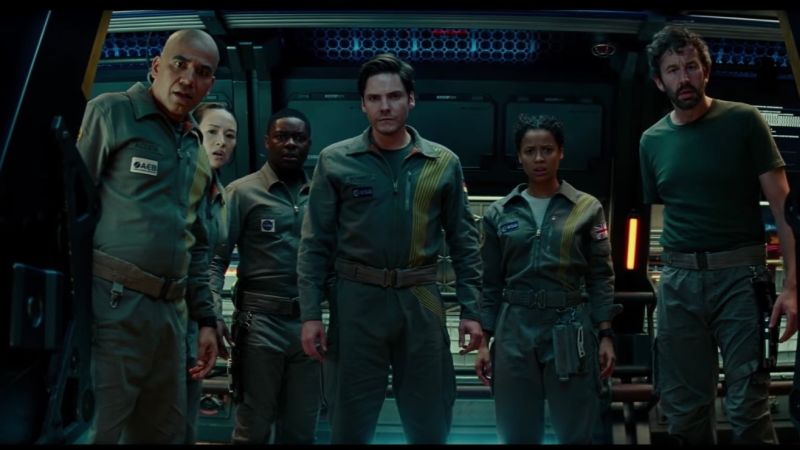
Opening with the crew of The Cloverfield Station being transported into an alternate dimension we begin to see that things are amiss. Initially believing that Earth has disappeared, they soon discover that is they who have been moved, in more ways that one.
[spacer height=”20px”]
A Multiverse Of Monsters
Before explaining the films ending I need to first confirm that the movie subscribes to the Multiverse theorem and explain what that is. The Multiverse theory assumes that there exists an infinite amount of parallel realities and universes. Some extremely similar to ours with only the most minute detail changed and others that are completely otherworldly.
[spacer height=”20px”]
Imagine the night your grandfather met your grandmother. If he had never visited that bar then they never may have met meaning that you would never have existed and you would have never got to watch this video explaining why you never existed. In avoiding the bar, probably because he got kicked out of it for starting a fight with the barmaid the week earlier, he would’ve created an alternative reality in which you were never born. This theory is supported by the fact that the universe requires balance, in creating an action we also create an equal and opposite reaction and thus the other choice is fulfilled on another dimension.
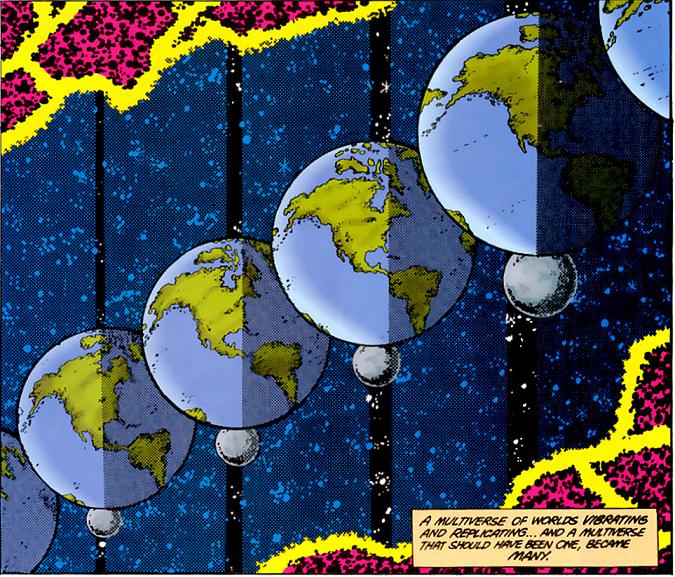
The Multiverse In Comic Books
We’ve seen this plot device used in comics for decades and it is often put in place when a writer wants to discover political alternatives or discuss alternative versions of characters without putting too firm a stance on it and ruining canon.
[spacer height=”20px”]
Earth A and Earth B
In order to fully explain the film’s end we I will be calling our Earth: Earth A and the alternative, Earth B.
[spacer height=”20px”]
In our world (A), the Cloverfield Station runs its experiment and is transported to another dimension (B) whose Station is destroyed by Schmidt’s (Daniel Brühl) sabotage. There are other, smaller differences, most pointedly the absence of Tam (Zhang Ziyi) and Ava (Gugu Mbatha-Raw) from Universe B’s mission, the latter due to her children still being alive. Things aren’t as simple as a one-to-one transportation, however. Various elements of the new dimension bleed over into Universe A’s station such as Schmidt’s covert orders from his native Germany, Mundy’s severed arm, Ava’s messages to the ship and many more. These slowly reveal that the new dimension may be infecting the astronauts’ home.
[spacer height=”20px”]
The Cloverfield Paradox
This is the Cloverfield Paradox itself, outlined by Professor Mark Stambler in an interview seen on the station before the experiment. Parts of his theory line up with real-world concerns over the likes of the Hadron Collider at Cern, suggesting that the creation of the new energy will force a rift in the fabric of space-time. His true fears, however, go full sci-fi: when we see that alternate dimensions clash with our own. In this reaction deposits of all sorts of monstrous horrors begin happening in our world.
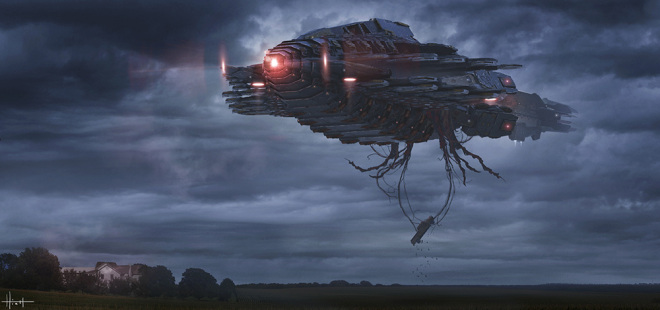
Monsters Everywhere
Evidently, Mark Stambler’s predictions have proven more accurate than anybody dared imagine, with monsters coming over from other dimensions and rampaging across the entire planet. This is teased throughout the film with Michael’s B-plot, seeing him slowly uncover the threat and saving a little girl while trying to get word through to both her parents and Ava. Upon first viewing, this is just a flipside compliment (an alternate dimension, if you will) of Ava’s arc, with her husband likewise gaining catharsis through the horror, but in retrospect, it’s full of hints that something horrific has happened on Earth. The true extent is hidden as part of the final twist, but it’s safe to assume we’re dealing with a global catastrophe. The movie climaxes with The Cloverfield monster attacking our remaining survivors and showcasing just how horrific of a time Earth A is in for.
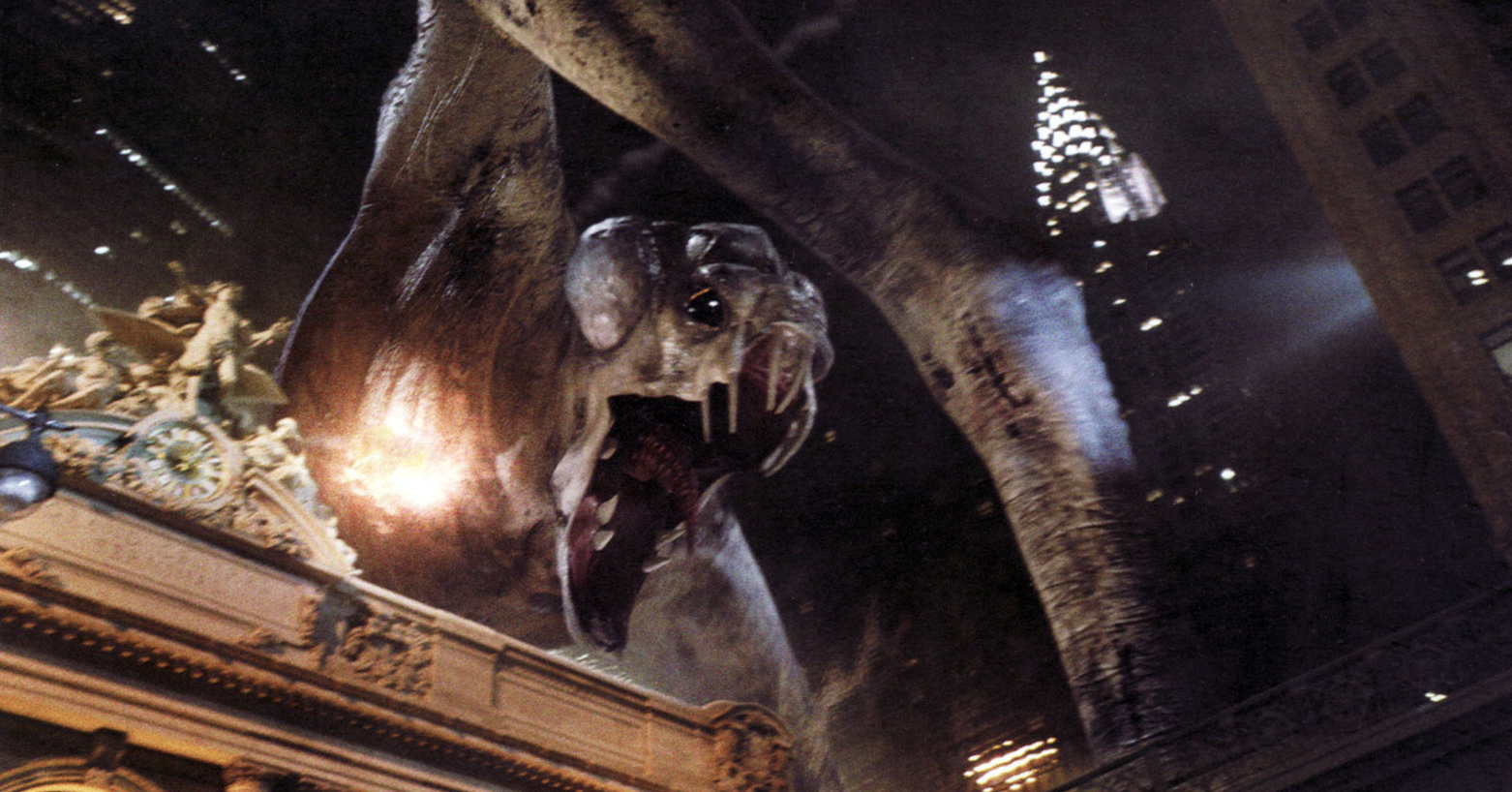
One very important note to make about the monsters is that the one shown at the end is considerably larger than what we saw in the original Cloverfield. The original creature was about 250 feet tall, with long arms that meant it could just about reach as high as a skyscraper. This new monster towers far above that, reaching up into the clouds. It had long been suggested – by both filmmaker comments and the tie-in manga – that the Cloverfield monster was just a baby, and this last shot would seem to confirm that.
[spacer height=”20px”]
The Difference in Time Periods
But while the events in The Cloverfield Paradox take place in 2028, there is still a small hint within the film that explains the presence of the baby in New York City in 2008, over twenty years prior. The explanation comes in passing by Stambler; his theory on dimension bleed effects space and time. He suspects that any schism would lead to rifts being created in the past and future, as well as the present nexus point. As such, while the worst impact seems to be in 2028, aliens and other monsters have appeared all along the timeline. The New York incident was a lone case.
[spacer height=”20px”]
What’s commendable about this reveal is that while it provides greater context for Cloverfield‘s monster, it doesn’t completely remove the mystery. Stambler outlines several of the most popular options for the monster’s origin and the film never tries to go further in clarifying, ensuring the allure of confusion that makes Matt Reeves’ found footage movie so enduring remains. It’s further suggested that the aliens of 10 Cloverfield Lane came via a similar a method and that whatever supernatural forces the Nazis are working with in Overlord – recently confirmed to be Cloverfield 4 – are similar inter-dimensional travelers, although against no specific details are provided there.
What Are Your Thoughts?
That concludes our explanation of the Cloverfield Paradox. Whilst the film is getting mixed reviews it should still be commended for the depth and thought provoking nature that it provides. Not answering all questions there is still enough here that provides satisfactory answers without ruining the original work. I think the biggest take of the film is that you should never, NEVER call something Cloverfield unless you want to be brutally murdered by monsters that infect you with poison that makes your back explode. But I digress.
[spacer height=”20px”]
What did you think of the film? Did your grandfather punch a barmaid? Did that barmaid end up marrying him? Comment below and let me know and I’d really appreciate if you checked out my Ending explaination Of another recently released Netflix Original Movie: The Open House…even if it was OPEN ENDED AHHAHA do you like what I did there?
[spacer height=”20px”]
Thanks very much, I’ll see you in the next dimension where I was smart enough to not make this video, take care Peace

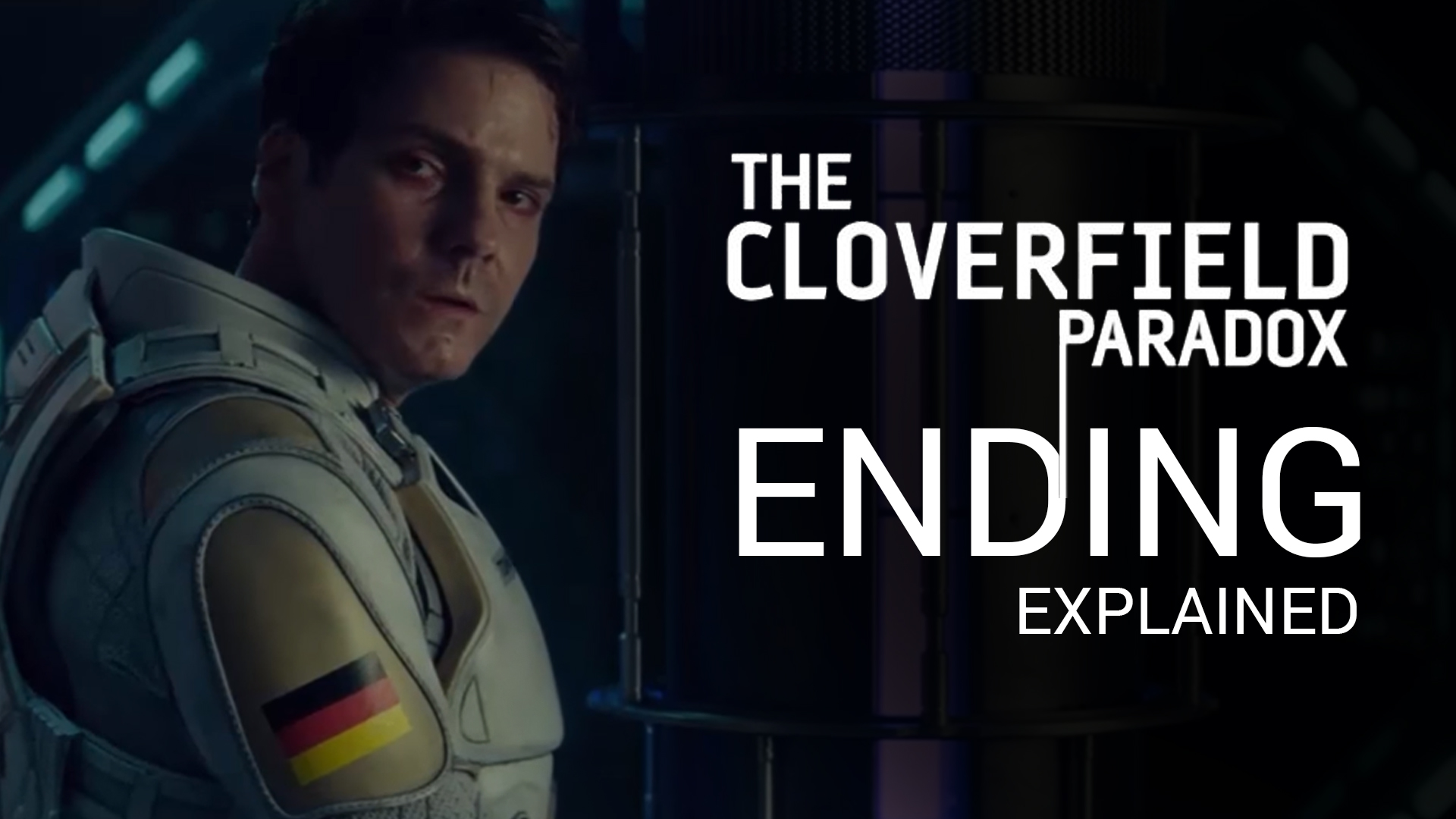


One Comment